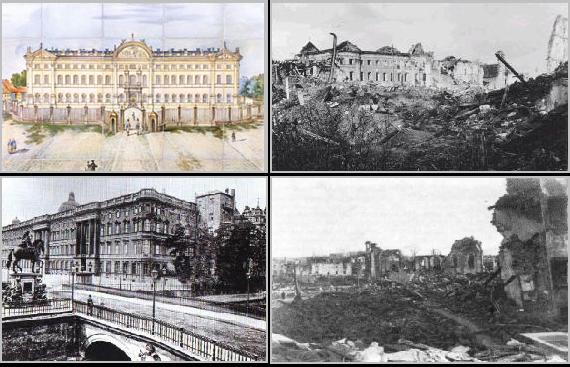

Zweibrückener horses were so well thought of that 150 stallions and almost 200 broodmares were once purchased by the Prussian king. Although there was settlement in the Zweibrücken area very early, the actual foundations of the city were laid in 1350, when the Counts of Saarbrucken established a custom-house at Zweibrücken. After the counts sold the city to the Electors of Palatine, the independent line of the Dukes of Zweibrücken began. Like so many unique little German Dukedoms, Zweibrucken has a long and colorful history.
Zweibrücken was defended by the Swedish under Gustav Adolph during the Thirty Years’ War, but left damaged. In fact, three Swedish kings were descended from the Zweibrücken Ducal line, Karl X, Karl XI, and Karl XII, who married a Swedish princess. Since the Swedish crown couldn’t pass to a woman, he became the Swedish king, and Zweibrücken in effect became a Swedish province.
The ancestral castle of the house of Wittelsbach was in Zweibrücken, and the Alexanderkirche held the Wittelsbach Royal crypt. The architecture of the heart of the city once reflected a unique blend of Swedish Renaissance and Baroque. Karlsberg Castle, built by Duke Karl August, was once the most impressive in the Palatinate and rivaled those of Ludwig II of Bavaria. This magnificent castle was completely destroyed by the invading French in 1794. The church by the British in 1945.
The Zweibrücken Regiment, or “Royal Deux-Ponts” under the command of Wilhelm von Zweibrücken-Forbach during the American Revolutionary War stormed and captured Yorktown, Virginia, losing twenty-nine men in the process. However, the assault resulted in the surrender of 8,000 British troops under the command of Cornwallis. Von Zweibrücken was wounded in battle and promoted to Colonel, while his brother, Christian, the regimental commander, was promoted to General. Three diaries kept by officers of the regiment are still in existence.
